Singing praises to the Lord is a command repeated throughout Scripture (Ps. 68:4; 96:1-2; 105:2; 149:1; 1 Cor. 14:26; Eph. 5:19; Col. 3:16; for starters). But how do we encourage our congregations to fulfill this important biblical command? How can we lead our churches in singing out? Here are a few suggestions:
Sing Songs That Are Familiar
Singing familiar songs means we must teach new songs less frequently. I recommend teaching no more than one to two new songs per month. When a new song is taught, make every effort to sing it again within the next two weeks. Generally, when I teach a new song, I sing it again the very next week, then take the third week off, and sing it again on the fourth week. This allows the congregation to become familiar with the song in order to fully participate in the worship service.
Sing Songs More Frequently
Songs should make their way into the rotation more often. Singing songs more frequently allows the congregation to become familiar with them, which in turn encourages them to sing out.
I suggest creating a song database for your church. This is different from the church’s song catalogue, which includes every song ever done at the church. I limit my database to 100 songs per year. For my church, the database is based on the Scripture or theme our church is focusing on for the year. At the start of each new year, I update the database, adding new or returning songs (from previous years) and eliminating songs we won’t use during that year. I also create three song lists from the 100-song database. The first list is what I call the Top 40. These are the 40 songs that we will do most often as a church. I want the congregation to learn these songs well. Next is the Bottom 60 list consisting of the rest of the songs in the database. I call the third list the Classics list, which includes songs that have become favorites of our congregation. These are songs that you know the congregation will sing out because they have become part of the culture of the church. For my church, these included “Shout to the Lord,” “How Great Is Our God,” and “Mighty to Save,” just to name a few.
The rule for our worship leaders was that they had to select half of the songs in the music set from the Top 40. This led to the congregation singing the songs from this list more frequently. The remaining songs could come from the other lists. Hymns were highly encouraged and filled the slot of one song from any list. These guidelines led to the congregation knowing the songs sung in the service and encouraged active worship.
Sing Songs That Are Sing-able
When considering whether or not a song is appropriate for congregational use, think about the melody of the song and whether it is sing-able for the average church go-er (think middle schooler just starting out in band and grandma who has grown up singing from a hymnal). Is the melody crafted in a way that flows well? If you hum the chorus, is it beautiful? Is the song in a key that is easily accessible to the congregation?
A common occurrence in modern worship songs is the octave melody jump. Jumping the octave sounds great on a recording and in performance venues, but the average congregation member will not be able to follow along. If our goal in congregational worship is full participation, doing something they cannot do does not help in accomplishing our goal.
Sing A Cappella
There is a school of thought that says if you want people to sing louder, turn up the music. That philosophy may work well in a festival-style event, where the band cranks up the amps and the people practically scream in order to be heard. When it comes to congregational singing, however, the voice of the congregation should be of utmost importance. This means we should turn down the volume and encourage the congregation to sing out.
The leading of congregational song should never overshadow the song of the people. The voice of the congregation should be primary for it is the main instrument in congregational song. Christians have inherited the musical tradition of the synagogue in which the gathered assembly is led by one voice, the cantor – in modern terms, the worship leader. Early Christians battled over the inclusion of instruments in the liturgy. Organ began accompanying hymns as late as the last half of the sixteenth century. Before that, it would introduce the hymn and play in alternation with the unison, unaccompanied congregation. The term “a cappella” literally means as “in the chapel” and originally referred to congregational singing.
At least once in the worship service, cut out the band, back away from the microphone and encourage the congregation to sing a cappella. This allows the congregation the chance to hear themselves and be encouraged by their own voices. I think you’ll be surprised by what you hear.
Worship Leaders: As you plan musical worship for your church, consider the voice of the congregation as utmost importance. Do your best to give them the best chance to fulfill the biblical command of singing their praises to the Lord.

